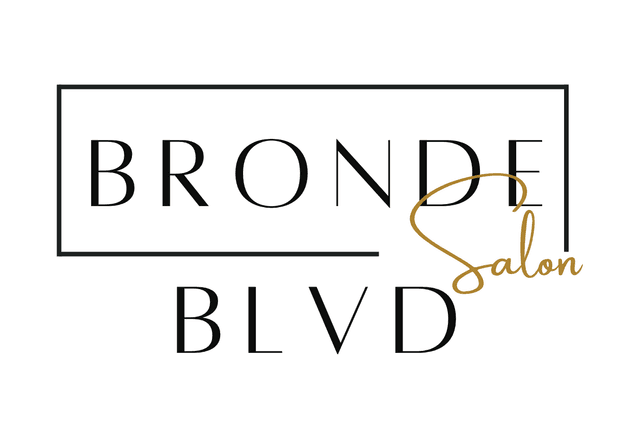Balayage vs. Ombre: What’s the Difference?

Balayage and Ombre are both popular hair coloring techniques that have gained widespread popularity in the beauty industry. While they may appear similar at first glance, there are key distinctions between the two styles. Balayage involves hand-painting highlights onto sections of the hair to create a natural, sun-kissed look with seamless transitions between colors. On the other hand, Ombre features a more dramatic gradient effect, with darker roots transitioning into lighter ends for a bold and striking appearance.
By understanding the unique characteristics of Balayage and Ombre, you can choose the technique that best compliments your hair type, personal style, and maintenance preferences. Whether you prefer subtle dimensions or a more noticeable contrast in color, both Balayage and Ombre offer versatile options for achieving your desired look. Consult with your hairstylist to determine which technique is right for you based on your individual needs and preferences.
Definitions
Let’s start with some basic definitions. Balayage (pronounced bah-lee-AHZGE) is a French term that means “to sweep.” In the world of hair, it refers to a technique where color is painted onto the hair to create a graduated, natural-looking effect. It is all about creating depth and dimension, and its purpose is to mimic the effects of the sun on your hair.
Ombre (pronounced ohm-bray) is a French term that translates to “shadow” or “shade.” This technique in hair coloring involves creating a seamless transition from darker tones at the roots to lighter hues towards the ends of the hair. The end result is a striking and bold two-toned effect that adds depth and dimension to the overall look. Ombre has become a popular choice for those looking to add some drama and contrast to their hair color, with many variations and styles available to suit different preferences and tastes.
The Balayage Technique

The process of Balayage involves painting highlights onto the hair without using foils. The stylist strategically places the color to give a natural, sun-kissed look. Balayage can be applied to any hair type—long, short, straight, or curly.
The benefits of this technique are numerous. It provides a softer regrowth line, meaning you won’t have harsh demarcation lines or noticeable roots as your hair grows out. It offers a low maintenance option for those who don’t want to visit the salon frequently and gives a customized look because the stylist has full control over color placement.
The Ombre Technique
The Ombre process involves gradually lightening the hair, usually starting from a darker color at the roots and mid-lengths to a lighter shade at the ends. Like Balayage, it is versatile and suits any hair type.
Ombre’s benefits include a striking, fashionable look that makes a bold statement. It allows for more dramatic color contrasts and can even incorporate fun, vibrant colors. However, it tends to be more noticeable as your hair grows out and thus requires more maintenance.
Differences between Balayage and Ombre
Despite their similarities, Balayage and Ombre have several differences. In terms of color transition, Balayage offers a sun-kissed, natural look with softer transitions between colors. Conversely, Ombre provides a starker contrast with more distinct transitions from dark to light.
The application technique also differs. Balayage involves freehand painting onto the surface of the hair, while Ombre requires a blending of one color hue to another from root to tip.
Maintenance and cost also vary. Balayage typically requires less frequent touch-ups due to its natural regrowth, making it less expensive over time. On the other hand, Ombre can require more regular salon visits for upkeep, especially for more dramatic color contrasts.
Similarities between Balayage and Ombre
Although there are differences, Balayage and Ombre do share some common ground. Both are popular hair coloring techniques that can add dimension and interest to your hair. They can both be customized to suit your individual style—whether you prefer subtle highlights or a bold color shift.
However, remember that both techniques require maintenance—Balayage for its soft regrowth lines and Ombre for its distinct color separation. Regular salon visits will be necessary to keep your color looking fresh and vibrant.
Choosing the Right Technique
Choosing between Balayage and Ombre largely depends on your personal style, lifestyle, and hair type. Factors to consider include how often you’re willing to visit the salon for touch-ups, the level of drama you want in your hair color, and how natural or bold you’d like your final look to be.
Consulting with a professional stylist is an excellent way to figure out which technique best suits your needs. They can provide valuable advice based on their expertise and your hair condition.

Conclusion
In summary, Balayage offers a natural, sun-kissed look with less maintenance and a lower long-term cost. In contrast, Ombre provides a dramatic, eye-catching look but requires more upkeep over time. Both techniques are customizable and can provide stunning results when done by a professional.
So whether you’re looking for a subtle glow or a daring transformation, understanding the differences between Balayage and Ombre can help you make the best choice for your hair. So go ahead, consult with your stylist, and embrace the change!
